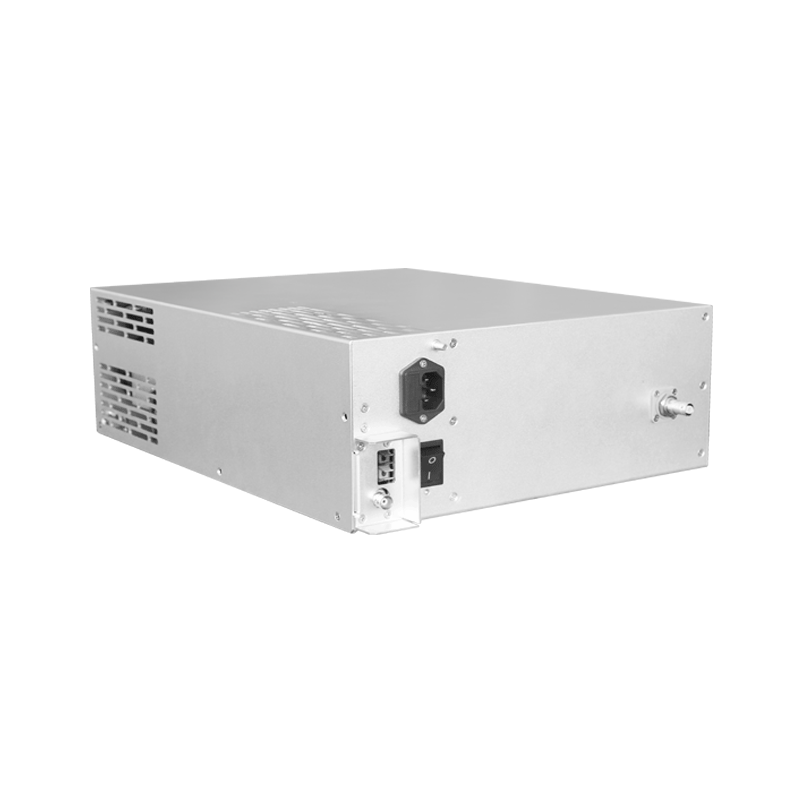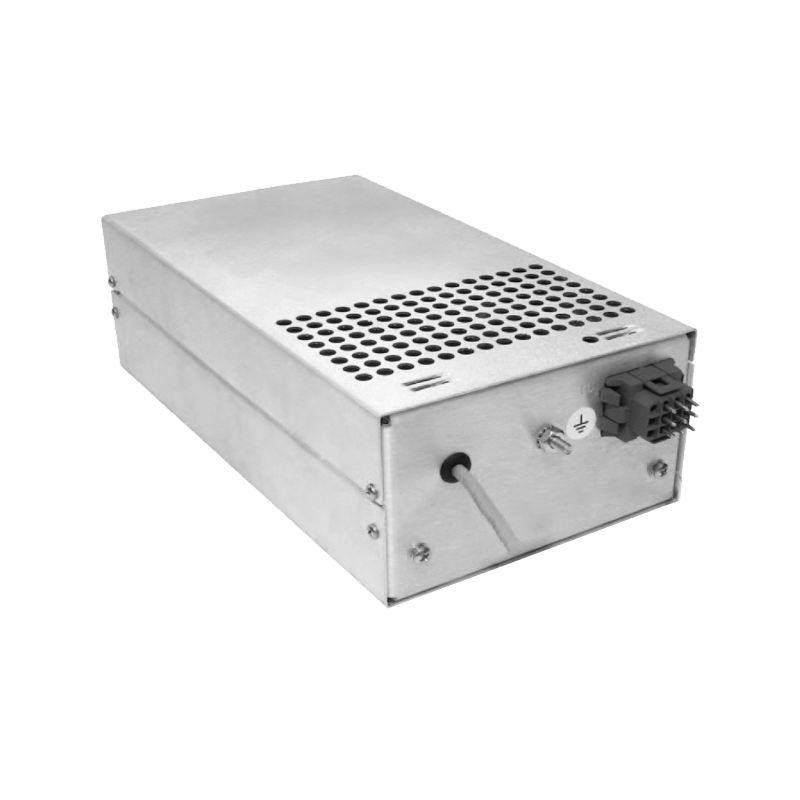The Application and Working Principle of High-Voltage Power Supplies in Electron Multipliers
The electron multiplier is an amplifying tube that enhances incident electron beam signals through secondary electron multiplication effects. It has important applications in night vision devices, electron microscopes, mass spectrometers and other equipment. The working of an electron multiplier requires a high-voltage power supply to provide stable high voltage to accelerate the incident electron beam and thus achieve multiplication.
The core structure of the electron multiplier is the microchannel plate. Incident electrons passing through the tiny tortuous channels excite the emission of secondary electrons from the channel wall material. These secondary electrons are also accelerated by the strong electric field in the channels and excite more electrons, forming an electron multiplication effect. This significantly amplifies the incident electron beam. Typical microchannel electron multipliers can achieve multiplication factors of over 1000 times.
To realize electron multiplication, the high-voltage power supply needs to provide a stable DC high voltage to the microchannel plate to accelerate electrons. The higher the voltage, the greater energy the electrons gain, and the more secondary electrons are excited, resulting in a more significant multiplication effect. Common microchannel electron multipliers operate at voltages from 500V to 4000V. Therefore, the voltage stability of the high-voltage power supply directly affects the stability of the output electron beam.
At the same time, since the tiny tortuous channels are extremely prone to discharge, the high-voltage power supply must provide an ultra-low ripple smooth DC high voltage to ensure stable electric field distribution inside the cavity. Typically, ripple requirements are lower than 10mV. In addition, leakage current can also affect cavity discharge and needs to be controlled at the μA level.
Additionally, the high-voltage power supply also needs to have fast response characteristics to ensure dynamic tracking performance of the image. For scanning type imaging instruments, the high-voltage power supply needs to support rapid turn-on and switching at the millisecond level.
In summary, parameters of the high-voltage power supply like voltage rating, stability, ripple, response speed, etc. directly affect the amplification performance and image quality of the electron multiplier. Selecting an appropriate high-voltage power supply solution is the key to achieving high-performance electron multiplication.




















